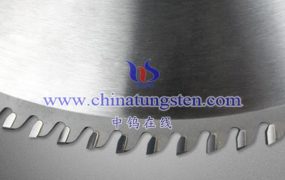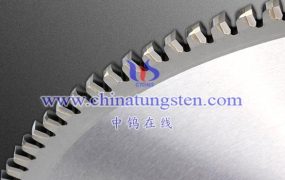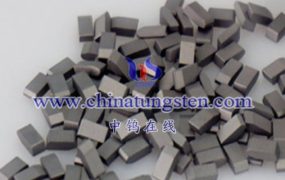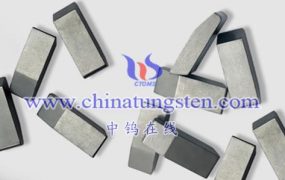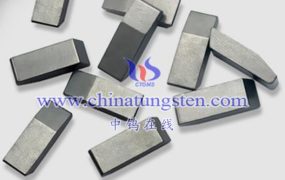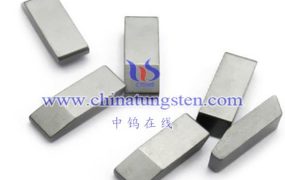In the cemented carbide manufacturing process, the main function of the binder is to bind the cemented carbide particles to form a solid overall structure, thereby improving the strength and toughness of the cemented carbide. Binders usually consist of components that serve to bond the skeleton, plasticizing components, and a small amount of additive components that serve as lubricants. Among them, the skeleton component can enhance the strength and hardness of the cemented carbide, the plasticizing component can increase the plasticity and fluidity of the cemented carbide, and the additive component can lubricate and reduce the frictional resistance generated during the pressing process.
The binder also plays a role in enhancing flow and maintaining shape during the extrusion process of cemented carbide rods. It can be said that the binder is the core of cemented carbide rod extrusion forming technology. On the premise of meeting the fluidity requirements of the powder during the molding process, the selection and proportion of the binder must fully consider the impact of the degreasing process on the performance of the extruded rod, and combine the selection and formula of the molding agent with the removal of the molding agent. and the performance of the final product. Strictly control the amount of binder added. If the amount is too low, the bar will be difficult to form and may break. If the amount is too high, although it is easy to extrude, the product will deform greatly and make subsequent degreasing difficult.
In general, binders play a vital role in the cemented carbide manufacturing process, and the rationality of their selection and ratio directly affects the quality and performance of cemented carbide products.
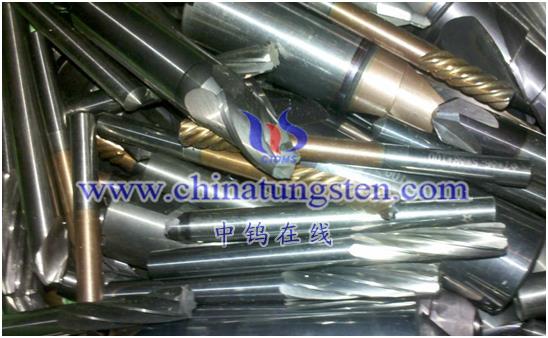
More details of tungsten carbide product, please visit website: http://tungsten-carbide.com.cn/
Please contact CHINATUNGSTEN for inquiry and order of tungsten carbide:
Email: sales@chinatungsten.com
Tel.: 86 592 5129595
